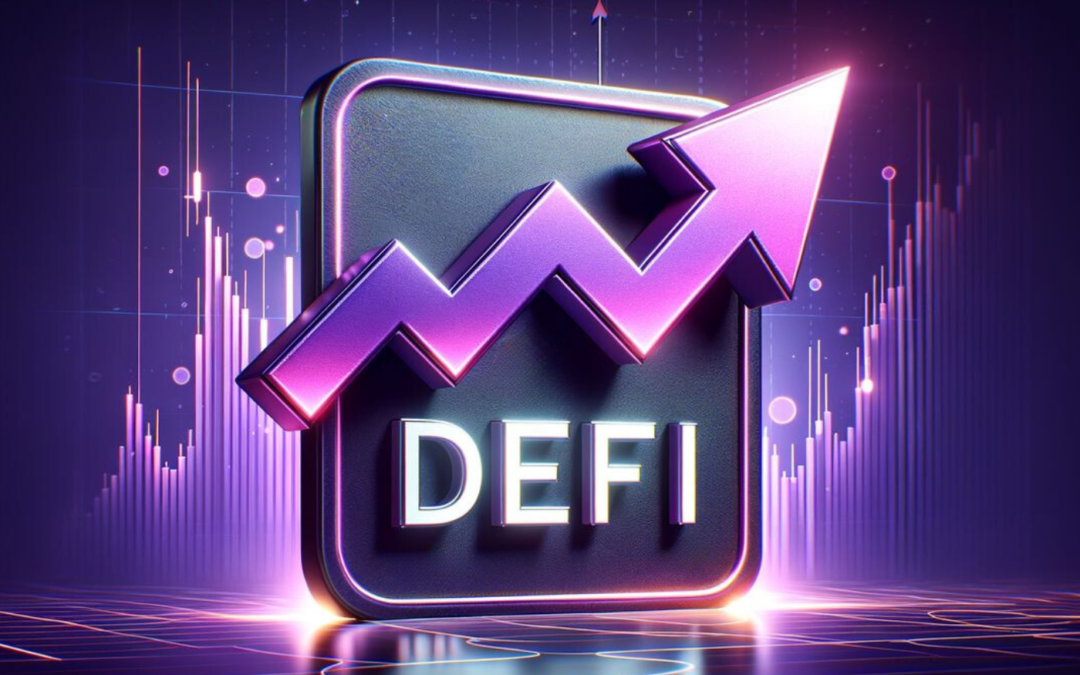In the world of finance, decentralized finance (DeFi) has emerged as a promising disruptor, offering a decentralized alternative to traditional banking and financial services. However, as with any innovative technology, DeFi comes with its own set of limitations and challenges that are crucial to understand. In this article, we’ll delve into the realm of DeFi and explore its limitations, shedding light on the barriers that must be addressed as the ecosystem evolves.
Understanding DeFi
Before diving into its limitations, let’s briefly understand what DeFi is all about. DeFi refers to a blockchain-based financial system that operates without intermediaries, allowing users to engage in various financial activities such as lending, borrowing, trading, and investing directly through smart contracts and decentralized applications (DApps). It promises greater accessibility, transparency, and autonomy compared to traditional financial services.
The Limitations of DeFi
While DeFi holds immense potential, it’s essential to recognize its limitations to make informed decisions and manage expectations. Here are some key challenges associated with DeFi:
Security Concerns
One of the foremost limitations of DeFi is the vulnerability to security breaches and smart contract exploits. Despite advancements in blockchain technology, smart contracts are not immune to bugs or vulnerabilities, leading to potential hacks and loss of funds. The lack of regulatory oversight and centralized authority also poses challenges in addressing security issues effectively.
Scalability
Scalability remains a significant hurdle for DeFi platforms, especially during periods of high network congestion. The limited transaction throughput of blockchain networks like Ethereum can result in slower transaction processing times and higher fees, hindering the seamless execution of financial activities. Improving scalability without compromising decentralization is a complex problem that the DeFi ecosystem must address.
Market Volatility
The volatile nature of cryptocurrency markets poses inherent risks to DeFi participants. Price fluctuations of digital assets can impact the value of collateral, affecting the stability of lending and borrowing protocols. Moreover, the lack of traditional risk management mechanisms and regulatory safeguards amplifies the exposure to market volatility, potentially leading to significant losses for users.
User Experience
While DeFi aims to democratize access to financial services, the user experience remains relatively complex for non-technical users. Interacting with decentralized applications requires a certain level of familiarity with blockchain technology, wallets, and decentralized exchanges, which can be intimidating for newcomers. Improving user interfaces and providing educational resources are essential for enhancing adoption and usability.
Regulatory Uncertainty
The regulatory landscape surrounding DeFi is still evolving, raising concerns about compliance and legal implications. As governments worldwide grapple with the regulation of cryptocurrencies and blockchain technology, DeFi projects may face uncertainty regarding their legality and regulatory compliance. Navigating this regulatory ambiguity requires collaboration between the DeFi community and regulatory authorities to foster innovation while ensuring consumer protection and financial stability.
Conclusion
While DeFi holds the promise of revolutionizing the financial industry, it’s essential to acknowledge and address its limitations to realize its full potential. Overcoming security challenges, improving scalability, managing market volatility, enhancing user experience, and navigating regulatory uncertainty are key areas that the DeFi ecosystem must focus on to foster sustainable growth and mainstream adoption. By addressing these limitations collaboratively, we can pave the way for a more inclusive, efficient, and resilient financial system powered by decentralized finance.

